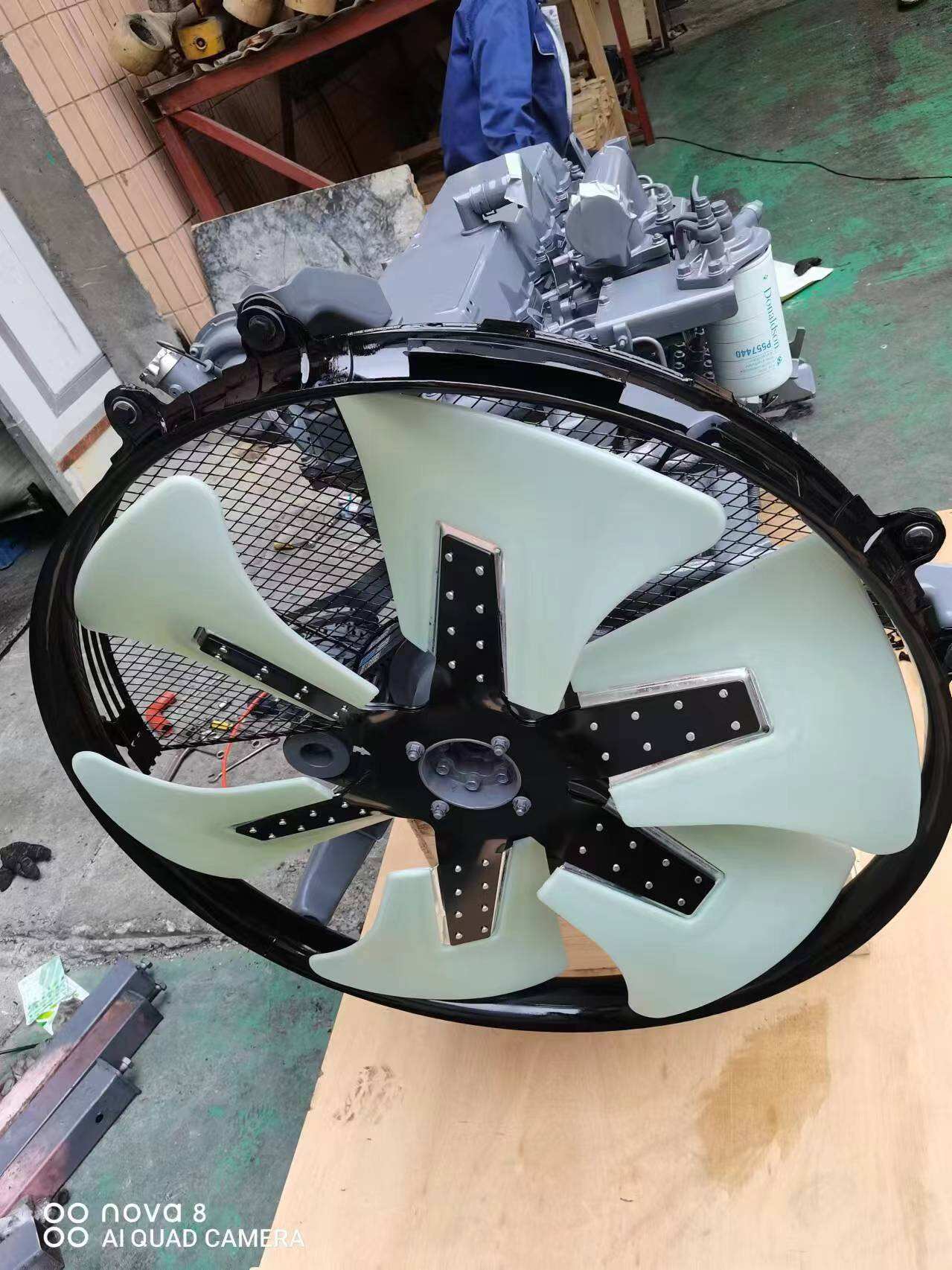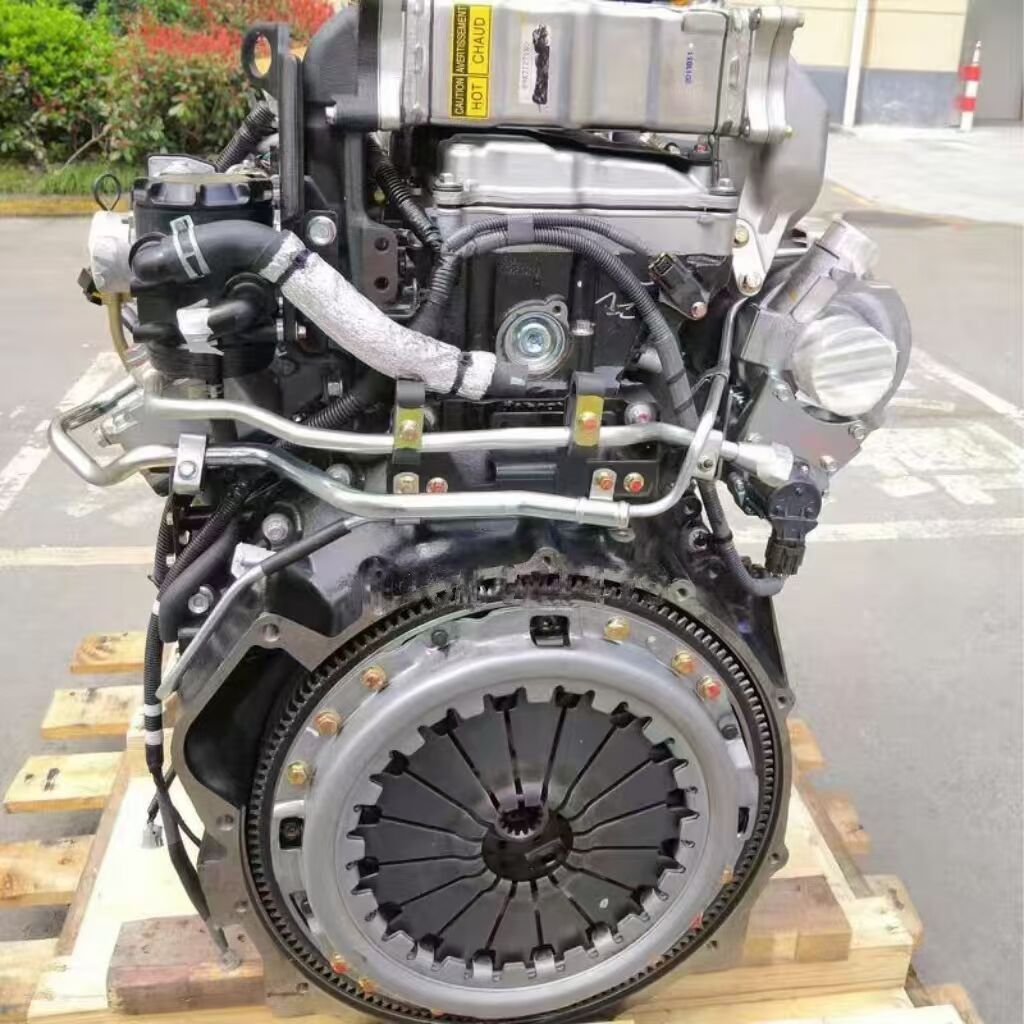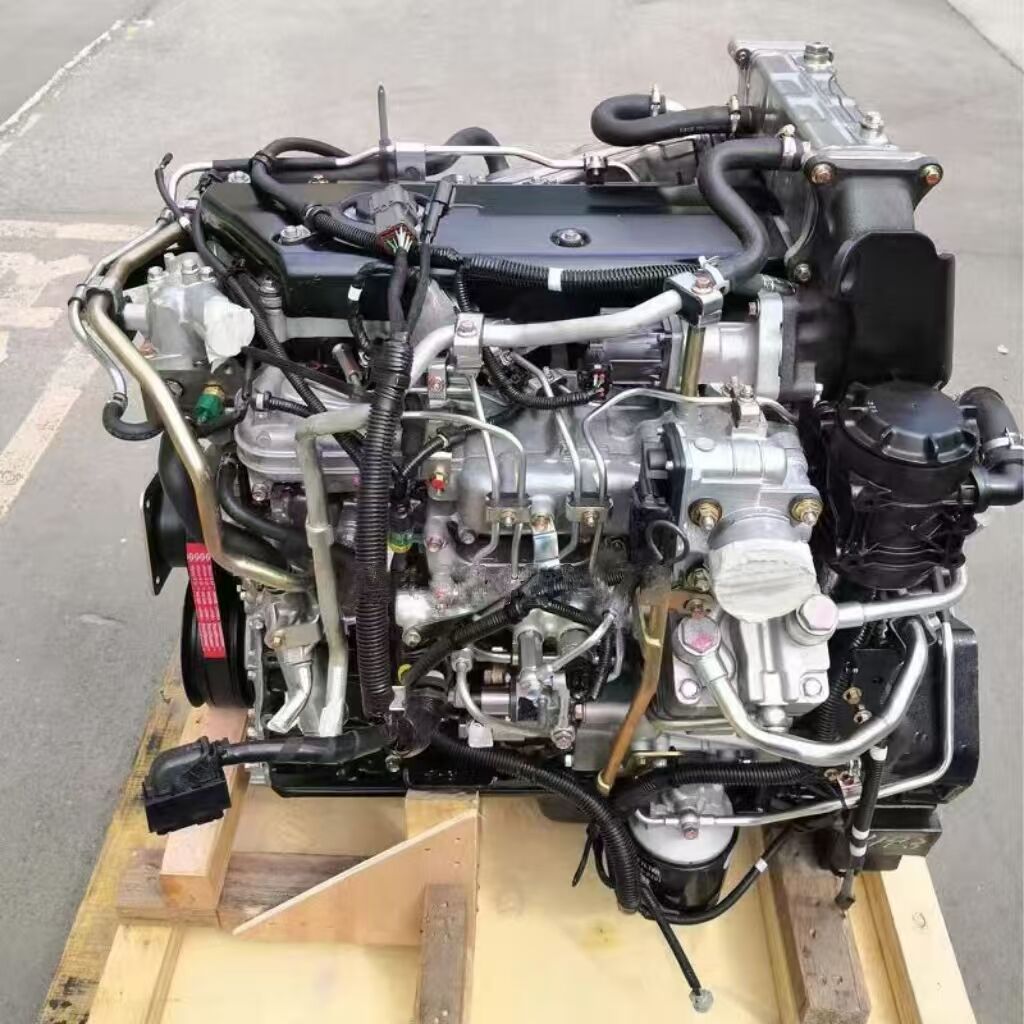engine price
Engine pricing represents a complex interplay of various factors that determine the cost of both new and replacement engines in the automotive market. Modern engine prices reflect not only the basic manufacturing costs but also incorporate advanced technological features, research and development investments, and market positioning. These prices typically encompass the complete power unit, including essential components such as the engine block, cylinder heads, crankshaft, and electronic control systems. Manufacturers determine engine prices based on displacement size, power output, fuel efficiency ratings, and emission compliance standards. The pricing structure also accounts for the engine's application range, whether it's designed for passenger vehicles, commercial trucks, or industrial equipment. Advanced features like turbocharging, direct injection systems, and hybrid compatibility significantly influence the final price point. Market competition and regional regulations also play crucial roles in price determination, as manufacturers must balance production costs with consumer expectations and environmental requirements. Understanding engine pricing is essential for both industry professionals and consumers, as it impacts everything from vehicle purchase decisions to maintenance planning and long-term ownership costs.


